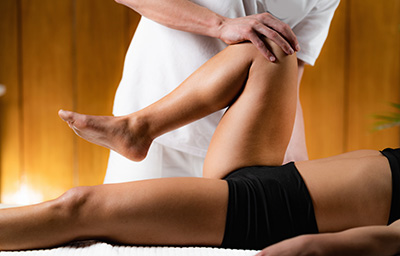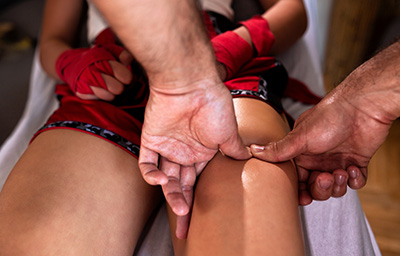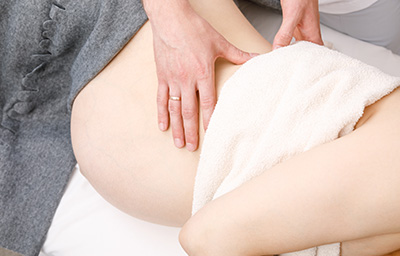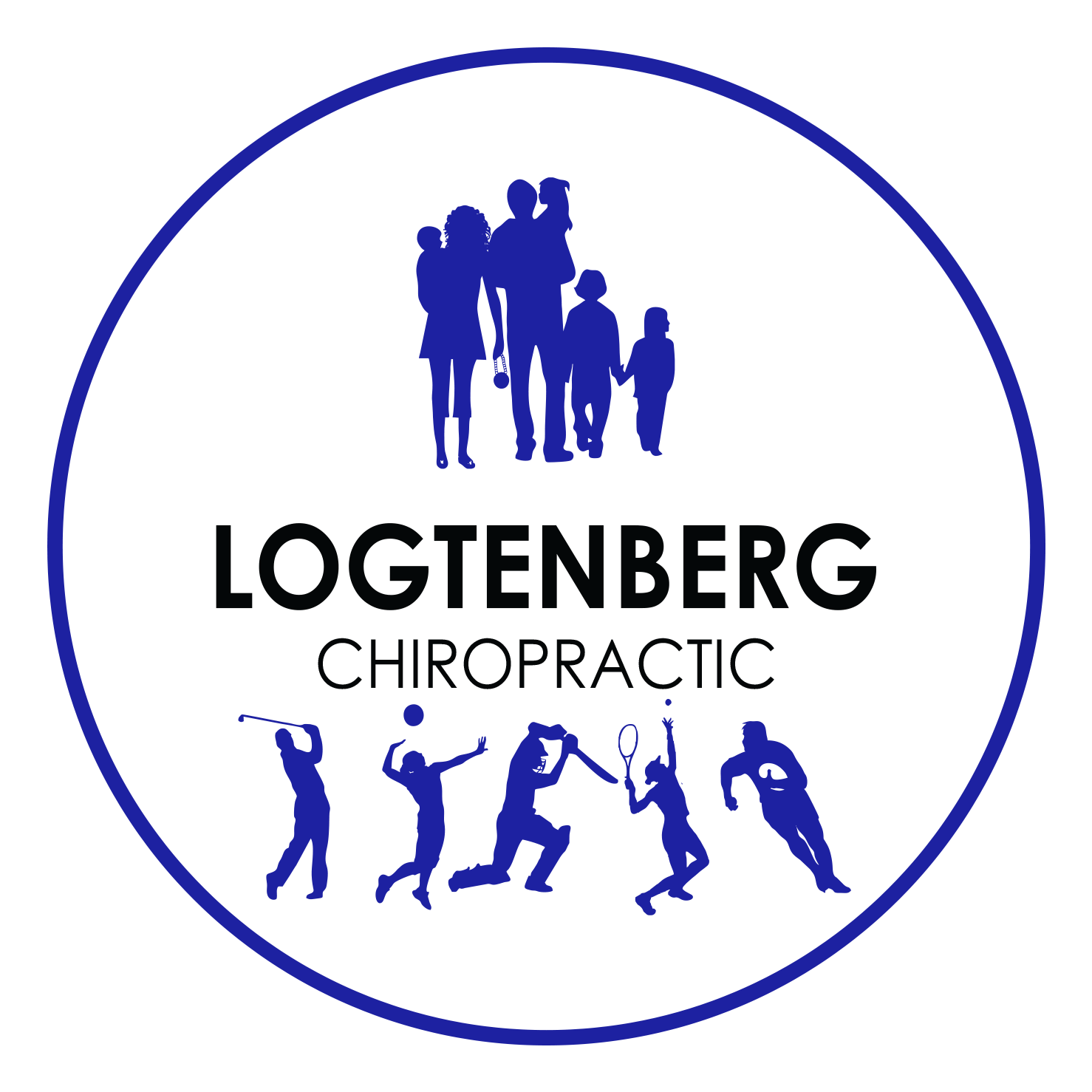Chiropractic Services
Chiropractic services rely on non-invasive methods and modalities for the treatment and management of their patient’s condition. These methods and modalities could include the following:

A Chiropractic adjustment or manipulation is a highly controlled procedure that involves the movement of joints within their physiological range of motion. Chiropractors can use their hands or a mechanical device to manipulate the spine or a joint in order to restore or enhance joint function. An adjustment/ manipulation is often associated with an audible popping sound known as a cavitation. As each patient is unique, the procedure is adapted in order to meet the needs of each patient.

The Activator is a hand-held, spring-loaded, mechanical tool that provides a low-force impulse at specific points. The Impulse iQ® is controlled by a micro-computer circuitry housed within the device that produces a controlled impulse, similar to the Activator, when the trigger is pulled. Due to the fast speed at which the impulse is provided, the body’s muscles are less likely to tense up in response. Another advantage of using these instruments is that they limit the amount of additional torque or lateral flexion needed to help “lock up” the problematic joint, which ensure patient comfort is optimised.

This procedure involves the insertion of a thin, solid, stainless steel needle into myofascial trigger points (“knots” in muscle or fascia), for the purpose of increasing the blood supply to the specific area. This results in the relief of muscle pain and cramping, by providing the affected muscle fibers with fresh oxygen and nutrients, while also flushing away built up waste products.

This technique involves a gentle stretch or traction to the lower spine that is designed to increase the disc height between the vertebrae, decompress the spinal column and restore joint movement. The controlled repetitive movements are done slowly and without any quick thrusts or undue pressure.

This technique involves the use of a quick, precise thrust to a specific area of the spine to improve mobility in the vertebral joints. During the thrust a section of the bed will drop thus using gravity to assist in the adjustment.

This involves the use of electrical current to aid in the treatment of varying conditions. Devices that could be used in electrotherapy include, but are not limited to, interferential current (IFC), transcutaneous nerve stimulation (TENS) and ultrasound. The usage of electrotherapy assists in decreasing pain, relaxing muscle spasms, maintaining and increasing joint range of motion and improving local blood circulation.

This involves the use of heat or cold to aid in the treatment of varying conditions. This therapy could consist of cold or heat packs, laser therapy or ultrasound. Heat therapy improves blood circulation to the affected area, resulting in increased muscle flexibility while reducing muscle discomfort. In contrast cold therapy decreases blood flow to the area which reduces inflammation and swelling around a joint, tendon or ligament.

This involves the use different types of tape and/or bracing to aid in the treatment of various conditions. Depending on the condition being treated and the goal of the strapping, the most commonly used tapes are kinesiology (KT), elastic adhesive bandage (EAB), rigid or dynamic tape.

Similarly, to a manipulation, the goal of a mobilization is also to restore or to enhance joint function. However, a mobilisation is a slow controlled movement to a firm endpoint in order to mobilize the joint. A chiropractor may choose to make use of mobilization for certain patients for a variety of reasons, such as patient preference or when manipulations are contra-indicated.

Specialised Treatments


Chiropractic treatment has been found to be safe and effective in the treatment of geriatric patients who have years of wear and tear on the body. The most common complaints include pain in joints (spine, knees and hips), reduced or limited mobility and loss of balance. After a thorough history taking and assessment, the chiropractor will determine the best management plan based on the patient’s overall presentation. Various factors such as presence of co-morbidities, patient’s abilities and comfort will be taken into consideration when deciding how to treat a geriatric and in some instances, such as the presence of osteoporosis, the chiropractor might decide to use mobilisations instead of manipulations.

Athletes are constantly pushing their bodies to improve their performances. This stress on the body could result in the development of various neuromusculoskeletal problems over time. When treating athletes, the focus is to provide effective injury management, prevention of future injuries and the optimisation of their athletic performance.

Lower back pain is a common complaint during pregnancy. This is largely due to the female body undergoing various structural changes to accommodate the growth of the baby and prepare for the birthing process. These changes include the development of a protruding abdomen, an increase in the lumbar lordosis, shifting of the body’s centre of gravity, stretching of pelvic ligaments and other postural adaptations. Chiropractic management during pregnancy is safe and can help alleviate various complaints such as back and neck pain, discomfort and muscle tension.
